Investments in Eternal Values
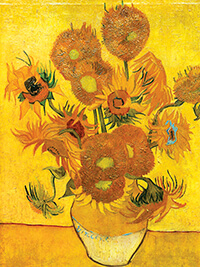
In the past few years, interest in investing in art has grown substantially. It is widely believed that investing in the “eternal values” is much more profitable than investing in stocks or securities. Of course, to profit from such investments, it is much more complicated than simply putting money into a bank account to accumulate interest. Still, “the game is worth the candle”. According to the international art catalog, “Hislops 2003 Price Guide”, for the period from 1997 to 2002, the estimated value of some works of art has increased by over 700%.
For example, a picture by Pablo Picasso called Acrobat and Young Harlequin, originally bought for 38.5 million dollars, was later sold to a buyer for 69.4 million dollars. Vincent Van Gogh’s Vase with fifteen Sunflowers was first purchased by famous collector Chester Beatty for $ 39 million and, some time later, was sold to Yasuo Goto for $74.5 million. If we consider it as an investment, the yields were very impressive 80,2% and 91%.
Of course, to make money on art is not so simple. As in any profession, there are some nuances. You must have art history training and sufficient finances. Listening to representatives of major auction houses and art galleries, most of their customers are players in the stock market and, for them, buying paintings is an astute way of investing. In fact, these individuals buy paintings more often than large companies or banks.
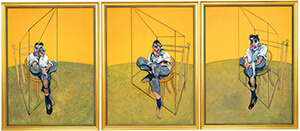
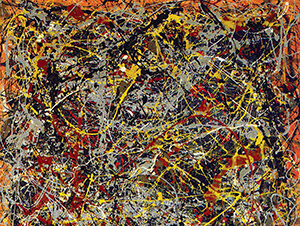
Investing in art can be done in several ways. You can buy paintings by contemporary artists. This would, most often, not require a very large investment. The challenge here is in seeing the potential of the artist and growth prospects. If the selected artist is exhibited on a regular basis, the popularity of his/her works will increase and, consequently, the prices of his/her paintings will grow. If all goes well, after 5-10 years, the work of art purchased may grow in value tenfold.
“When is the Wedding?” by Paul Gauguin
Painted by the artist in Tahiti in 1892, for half a century, it belonged to the family of Rudolf Stechlin and was exhibited at the Art Museum in Basel. In 2015, the painting was sold to the museum department of Qatar for a record $300 million. “When is the Wedding?” was completed in 1892, when Gauguin took a Tahitian wife named Tehaamanu. She was only 13-years-old. This marriage was considered a great honour for her family. Tehaamanu was a model for a set of Gauguin paintings. The paintings were quite typical of the image of Tahiti in the West, which allowed Gauguin to get good money for them.
“The Card Players” by Paul Cezann
Gauguin’s colleague, Paul Cezanne, also makes our list. Until recently, it was his picture, “The Card Players”, which was considered to be the most expensive in the world. “The Card Players” is, in fact, a series of five paintings by the French artist, created by him during the period of 1890 – 1895.
The pictures differ in the number of images of people (players) and in size. With each subsequent painting, the artist reduced the number of people and deleted unnecessary parts from the canvas. As a result, the most concise (yet most famous) of the series was the fifth picture; a kind of final work for Cezanne.
The subjects of the work are French peasants living in Provence. Cezanne chose to have two men playing cards at a round table in a local cafe. Apparently, he had the opportunity to become familiar with these people. Currently, four paintings from this series are in museums in Europe and in America. The fifth, until recently, was kept in a private collection, until it was bought by Qatari authorities for the National Museum for a record amount (at the time) of 250 million dollars.
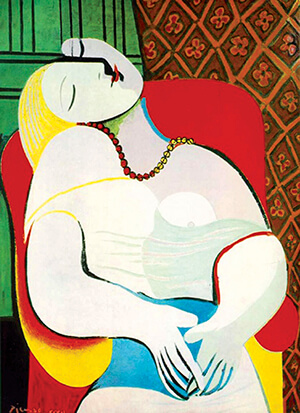
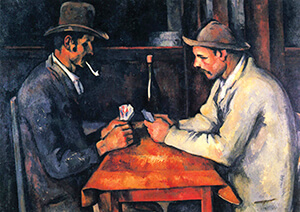
“The Dream” by Pablo Picasso
Completed in 1932, it places third in the ranking of most expensive paintings. It was sold to the last owner for 155 million dollars. It is one of the most famous masterpieces of Picasso’s great erotica period. The picture was painted in one day. His nude, Marie-Therese, was only 22-years-old at the time. They lived together for about 7 years and she gave birth to his illegitimate daughter. Even after breaking up, they kept in touch for many years. Four years after the artist’s death, his muse decided to voluntarily withdraw from life.
“Three sketches of Lucian Freud” by Francis Bacon
Francis Bacon was an English expressionist painter and a master of figurative painting. His triptych, in 2013, became the most expensive work of art in the world. “Three sketches of Lucian Freud” was sold at Christie’s auction for a record sum of 142 million dollars.
The triptych, created by the artist in 1969, was auctioned for the first time at a pre-sale estimate of 85 million dollars. Bidding lasted only six minutes and the auction house did not disclose the identity of the buyer. Each part of the triptych has the same size of 198×147.5 cm. Each canvas depicts Lucien Freud in different poses, while seated on a chair is the artist Lucien Freud. The background is orange-brown, which is brighter than normal for the works of Bacon.
“Number 5” by Jackson Pollock
“Number 5” was completed in 1948 and utilised the technique of spraying, which is the corporate style of the artist. The picture size is 243.8×121.9 cm and is mounted on fibreboard (hardboard).
In 2006, at an auction organised by the auction house Sotheby’s, it was sold for 140 million dollars. It is believed that the hype surrounding this painting was created artificially. All of the paintings of Jackson Pollock were presented in museums and sold freely. Yet, “Number 5” was hidden and shown only when all of the other artworks were sold.
Consequently, the price of the painting went up to the heavens and broke many records. The original painting was in a private collection and was then exhibited in the Museum of Modern Art in New York. It then became the property of producer David Geffen. Who sold it for $ 140 million? According to unconfirmed reports, it was a famous Mexican billionaire.









